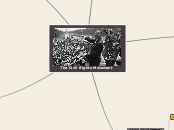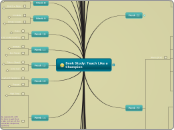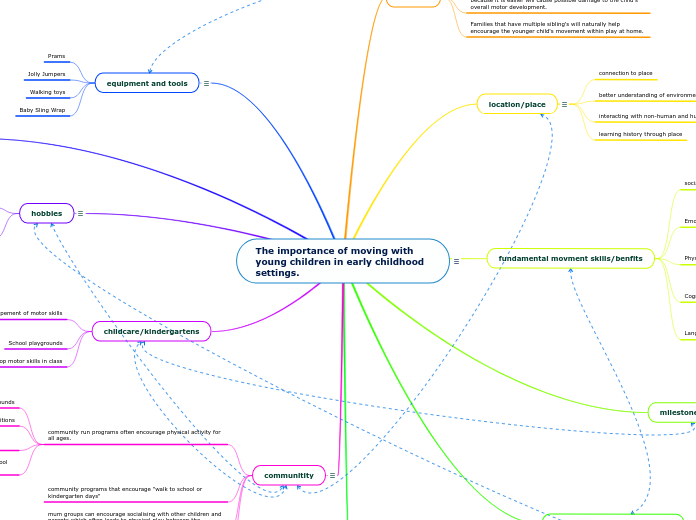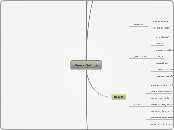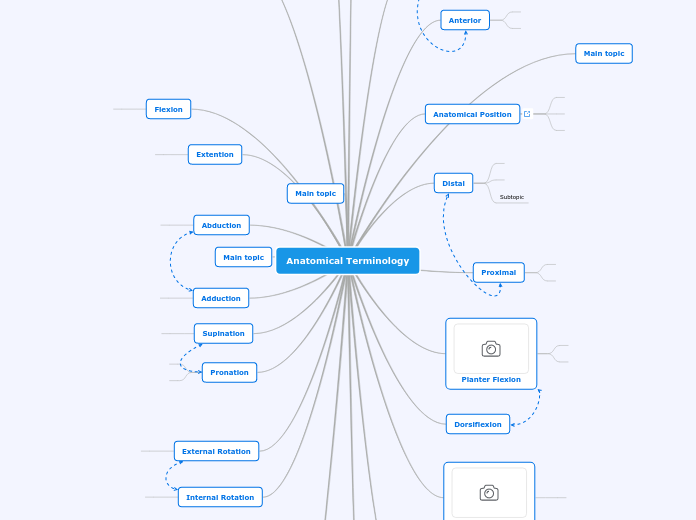The Civil Rights Movement
Heroic Monuments of the Civil Rights Movement
Teacher will close the lesson by having a whole class discussion about heroism during the civil rights movement.
As each group presents their interactive monument, students in the audience will fill out a graphic organizer.
Students will work in their groups to research their assigned civil rights activist, create a mini-drama script, make a plaque for their interactive monument & reherse their performances.
Teacher will begin lesson by asking students to think of a person from their own life, from history, or from public life today whom they consider to be a hero. Students will then list the characteristics of heroism that person embodies & share their answers with the class.
The interactive monuments preformed by the students will serve as the formative assessment for this lesson because each & every student will be participating & the teacher will be able to see how the students prepared for the performance, if they understood who their civil rights hero was & how they contributed to the civil rights movement. Students will be graded on their interactive monument performances using a rubric. Students will be graded as a group, rather than individually. Grading students as a group will motivate students to give it their all & make the performance as realistic & believable as possible. The discussions that take place after each group performance will also serve as a formative assessment. The teacher will be able to ask questions to check for student learning, as well as spark conversation among the rest of the class. Again, this is a great way to get students engaged in the lesson.
Students will be able to prepare and present interactive monuments depicting various African Americans' heroic acts during the civil rights movement.
Students will be able to identify the heroic actions of various civil rights activists.
The Work that Remains
To conclude this lesson students will complete a journal entry. The teacher will pose the question, "What role can you play in making our society more just?" Students will be asked to focus on one area in which they can make a difference & explain the steps they will take to create a more equitable situation in their school or community.
Once students have finished their discussions & filled out their worksheets, the teacher will tie the activity up with a free discussion among the whole class.
Students will work in triads to discuss the questions set forth in the worksheets given to them.
Teacher will begin the lesson by having the class read a short article as a group. Once the article has been read, the teacher wiill pose a follow up question to get the students thinking about how the effects of racism affect subsequent generations. The teacher will tell students to keep this in mind as they continue with the lesson.
The summative assessment for this lesson will be the upcoming unit test they will have to take on all of the information that has been covered thus far. The unit test will consist of multiple-choice/true-false/fill-in-the-blank & short-response questions. This will allow the teacher to see how much of the material students were able to retain.
The group discussions that take place during this lesson will serve as the formative assessment. The teacher will walk around the room while the students are analyzing the graphs & make sure that they are interpreting the information correctly & that they are using critical thinking skills to answer the questions on their handouts.
The class discussion that takes place after the group activity will also serve as a formative assessment. The teacher will be able to gauge student learning & ensure that every student is able to connect the dots & understand the big idea for this lesson. Tapping into students' conceptual knowledge is critical as the unit comes to an end.
Students will be able to analyze why inequalities continue today.
Students will be able to read graphs to identify the ways that inequality persists in today's society.
Key Players of the Civil Rights Movement
To close the lesson, students will take part in an individual quick-write activity. They will take the last five minutes of class to write a couple sentences on which primary source document stood out to them the most and what importance it may have had.
Students will read three different primary sources & analyze it using a Primary Source Guide.
Teacher will have students watch short video & write down a few bullet points as an introduction to the lesson.
The Venn diagram handout will serve as the summative assessment for this lesson. It will be assigned as homework & due the following day. The handout will be collected & graded. It will allow the teacher to see whether or not the students were able to take the information from the primary sources & use it to make inferences about Martin Luther King, Jr. & Malcolm X.
The open class discussion at the beginning of class will serve as a formative assessment for this lesson. Students will show me what they have retained from prior lesson content, as well as areas of their prior knowledge that they can relate to this lesson. Additionally, the written analysis of the primary sources from the students during their group work will serve as another formative assessment. This will allow me to assess how well they were able to analyze the sources and understand the importance of each.
Students will be able to understand the opposing philosophies and tactics of Martin Luther King, Jr. & Malcolm X, as well as areas in which their ideas converged.
Students will be able to identify the various personal, social, and political factors that influenced Martin Luther King, Jr. & Malcolm X’s leadership.
Students will explore the ideological & political development of Martin Luther King, Jr. & Malcolm X through primary source documents.
Taking on Segregation
To close the lesson, students will take out their journals & jot down one thing that they found interesting during the reading & one thing that they did not quite understand or would like more information about. Students will use these jotted down notes as a starting point for their journal entry homework that night.
Next, students will participate in the foldable activity with their partner. Students will create a foldable that addresses eight key events of the civil rights movement.
Students will then read Chapter 21 Section 1 & Section 2 in their McDougal Littell textbook The Americans. The text will cover the key events of the civil rights movement as well what life was like for African Americans during the 1950s & 1960s.
Students will then participate in a gallery walk of eight more historical civil rights movement photographs. They will use critical thinking skills to carefully analyze each photograph.
Teacher will show students a historical civil rights photograph of Elizabeth Eckford to spark conversation about the life of African Americans during the civil rights movement.
In this lesson there will be two forms of a summative assessment. The students foldable activity will be collected and graded. This assessment will allow the teacher to gauge whether students were able to use the information from the reading and apply it into their activity. The second will be the journal entry that they will turn in the next day. Students will turn in a journal entry addressing one thing that they found interesting during the reading & one thing that they did not quite understand or would like more information about. This will allow the teacher to see what their students found intriguing, allowing them to adapt future lessons to spark student interest. In addition, the teacher will be able to evaluate & analyze whether or not the students understood the material that was read in class.
:Students' responses to questions throughout the reading will serve as their formative assessment for this lesson. Students will be able to show the teacher what connections they are able to make & what ideas they might have.
Students will be able to recognize that, in addition to movement leaders, everyday people participated in the freedom struggle.
Students will be able to explain the challenges faced by African-Americans during the civil rights movement.
Leading Up to the Civil Rights Movement
To close the lesson, students will create mind maps to try and answer the question, “Which event was the most important in leading up to the civil rights movement? Which person was the most influential in the events prior to the movement? Why?”
Students will be engaged within the lesson
by taking notes in Mindomo
Teacher gives lecture presentation on the events leading up to the civil rights movement.
Assessment
Summative
Students’ responses in their composition book will serve as their summative assessment because it will allow the teacher to gauge whether students are able to synthesize what they have learned and create an argument for it. The teacher will be able to see how students grasped the content and if they are ready to move onto the next lesson.
Formative
The questions throughout the lecture will serve as the students' formative assessment. During think-pair-share activities, the teacher will walk around the room & listen to the conversations taking place among students.
Objectives
students identify important court cases that challenged segregation & led to the civil rights movement
students identify the African American leaders responsible for pushing towards civil rights
students describe key events of the African American civil rights movement
